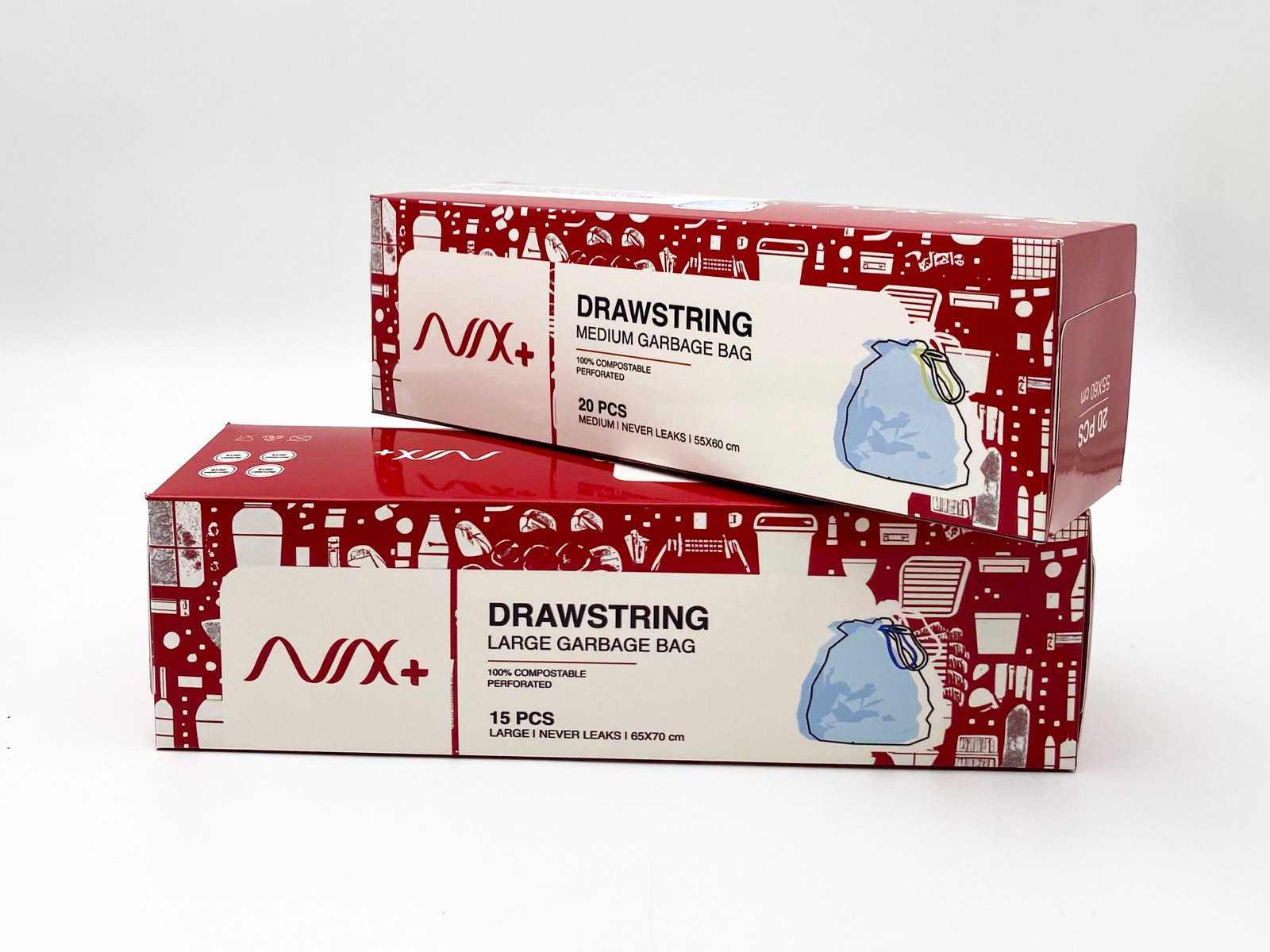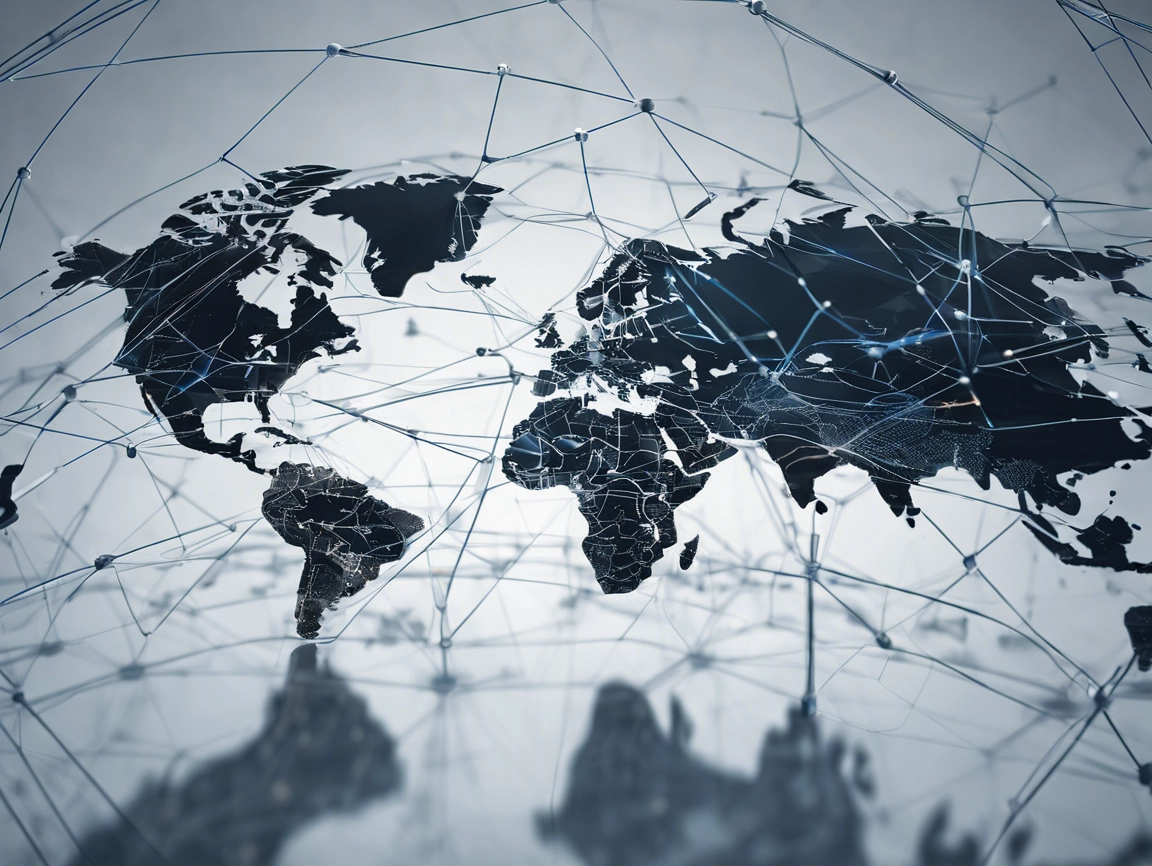4. Polypropylene (PP)
Polypropylene is a thermoplastic polymer and also the second most produced synthetic plastic. PP is one of the most flexible thermoplastics, which contributes to its popularity. And despite this flexibility, it is stronger than PE. Polypropylene sheets are used to produce food containers, automobile components, medical devices, and laboratory equipment because they are affordable, strong, flexible, and heat- and acid-resistant. For more information, see our guide on Polypropylene (PP).
5. Polyethylene (PE)
The most common plastic on the planet, polyethylene, comes in multiple densities. This results in plastics with distinct physical properties, so they function for a wide gamut of purposes. The four standard densities of polyethylene are LDPE, MDPE, HDPE (low-, medium-, and high-density polyethylene, respectively), and UHMWPE (ultra-high-molecular-weight polyethylene). The first three denote the relative number of polymer chains per unit volume and each is valuable for different purposes. MDPE is, for example, frequently used in shrink film, gas pipes, screw closures, carrier bags, and other products. UHMWPE, on the other hand, is not significantly denser than HDPE. This polyethylene plastic is significantly more abrasion-resistant than HDPE because of the unusually long polymer chains. UHMWPE goes into bearings, artificial ice skating rinks, hydraulic seals, and biomaterial for spine, knee, and hip implants due to its high density and low friction properties. For more information, see our guide on Polyethylene (PE).
Low-Density Polyethylene (LDPE)
Low-Density Polyethylene (LDPE) is one of the four standard densities of polyethylene. Due to its ductility, polyethylene at this density is perfect for plastic bags, disposable packaging, transparent food containers, and shopping bags. For more information, see our guide on Low-Density Polyethylene (LDPE).
High-Density Polyethylene (HDPE)
High-Density Polyethylene (HDPE) is another type of PE that is more robust than both LDPE and MDPE. It is used in items like plastic bottles, water and sewer piping, boat hulls, snowboards, and folding chairs. For more information, see our guide on High-Density Polyethylene (HDPE).















